Regulations: making public pools and spas safe as well as enjoyable

There’s no need to remind you of the importance of complying with hygiene, safety and information display regulations governing public swimming pools and spas. Failure to abide by them (not to be confused with standards) can result in heavy penalties, because they are intended to guarantee users’ safety – but also (let’s not forget) ensure they have an enjoyable experience. Since a little reminder never does any harm, let’s dive into the regulations.

N.B.: the word “public” refers to public swimming pools and spas as well as to privately-owned pools and spas for public use – in other words, in hotels, camp sites, holiday villages, etc. where they are not the main activity but are a major attraction!
Water treatment for swimming pools
Since water quality is your priority, statutory obligations govern water treatment and plant room hygiene (as well as hygiene for bathers). The obligations are identical for public pools and spas and for privately-owned pools and spas for public use.
If water becomes contaminated, bathers are the first victims. But they can also be the cause. For this reason the water must have a disinfecting capability and be disinfected and filtered daily. Self-checks must be carried out 2 to 3 times daily to monitor:
- water transparency;
- compliance with disinfectant levels, i.e.:
- Stabilised chlorine, above 2 mg/l
- Free non-stabilised chorine, between 0.4 and 1.4 mg/l
- Combined chlorine, lower than 0.6 mg/l
- Stabiliser, lower than 75 mg/l
- Bromine (if used to treat the pool), above or equal to 1 mg/l or less than or equal to 2 mg/l ne peut-on pas dire “between 1 and 2 mg/l”?
- pH balance, between 6.9 and 7.7 for pools treated with chlorine and between 7.5 and 8.2 for pools treated with bromine;
- water temperature.
The water must also be constantly recycled via a filter and a pump (why not via an eco-friendly pump?): the cycle must take 8 hours for a diving pool, 1 h 30 min. for pools up to 1.5 m deep and 4 h for pools more than 1.5 m deep. Pool draining is also mandatory (check our dedicated article).
Little extra: bacteriological analyses must also be performed once a month by a laboratory with Health Ministry accreditation.
New water treatments leading to more ecological swimming pools
Hygiene rules in pools
To prevent contamination, and for the well-being of bathers:
- Do not forget to provide sufficient sanitary and washing facilities. Information must be provided to ensure that they are used correctly.
- You must provide bathers with facilities to avoid contamination due to dirty footwear. These include shoe removal areas, shoe lockers, foot-baths, etc.
Areas which are important for bather hygiene must also be kept scrupulously clean. The pool, spa, and all premises and facilities must be cleaned thoroughly every day, or even several times a day if necessary.
Safety and signage
In public pools and spas
Supervision is mandatory. But not by just anyone: lifeguards must hold a relevant qualification, such as a state diploma.
A key aspect of safety is communicating with the public. It is hence mandatory to display:
- the emergency evacuation procedures;
- the organisation of supervision and rescue procedures;
- the locations of fire-fighting equipment;
- the internal rules and regulations;
- the diplomas and qualification of all people involved in supervision;
- the analysis results;
- the water temperature;
- the instructions for using the facilities;
- the minimum and maximum depths of the pools.
In private pools and spas for public use
In this case supervision is not mandatory, unless you are proposing physical or aquatic activities such as group aquagym classes. In this case, the applicable regulations are identical to those covering public pools.
As regards safety arrangements, private pools and spas for public use are subject to the law dated 3 January 2003. At least one of the following four anti-drowning systems is hence required: alarm, barrier, cover or enclosure.
Learn more about the safety equipment for a public pool
Here too, communicating with the public is essential. The following must be displayed:
- information regarding the use of the facilities provided;
- the minimum and maximum depths of the pools (legible from the decks or the pools).
Lastly, there are some other specific requirements:
- Floors and walls must not be dangerous (slippery or abrasive).
- The bottom must be visible at all times; if it is not, the pool must be evacuated immediately.
- There must be a sufficient number of surface skimmers and return water intakes. These must also be designed so as not to pull bathers towards them.
- The return water intakes must be fitted with grilles that cannot be opened by bathers.
- The hydraulic installations must be fitted with a visible, accessible emergency stop system.
In addition to these regulations, let’s not forget the customary recommendations for bathers, especially for disabled swimmers. To ensure that swimming is both safe and enjoyable, everyone has to do their bit.

